Canada’s capital tested whether wrapping receptacles with splashy graphics of recyclables can improve capture rates and reduce contamination. The move can be effective, but such a strategy also has limitations.

Canada’s capital tested whether wrapping receptacles with splashy graphics of recyclables can improve capture rates and reduce contamination. The move can be effective, but such a strategy also has limitations.

Disruptions in global recycling markets continued to hurt recycling revenues for Waste Management and Republic Services. Meanwhile, both companies mitigated the pain by charging customers new recycling fees.

Jim Fish, CEO of Waste Management, speaks at the company’s annual sustainability forum.
Waste Management invested millions of dollars into recycling in 2018, and the year to come will bring the company’s “largest residential recycling investment” to date, company leaders said.

Ardagh Group will cease production at a glass bottle factory in Illinois, but the move isn’t expected to cripple glass recycling in the region.
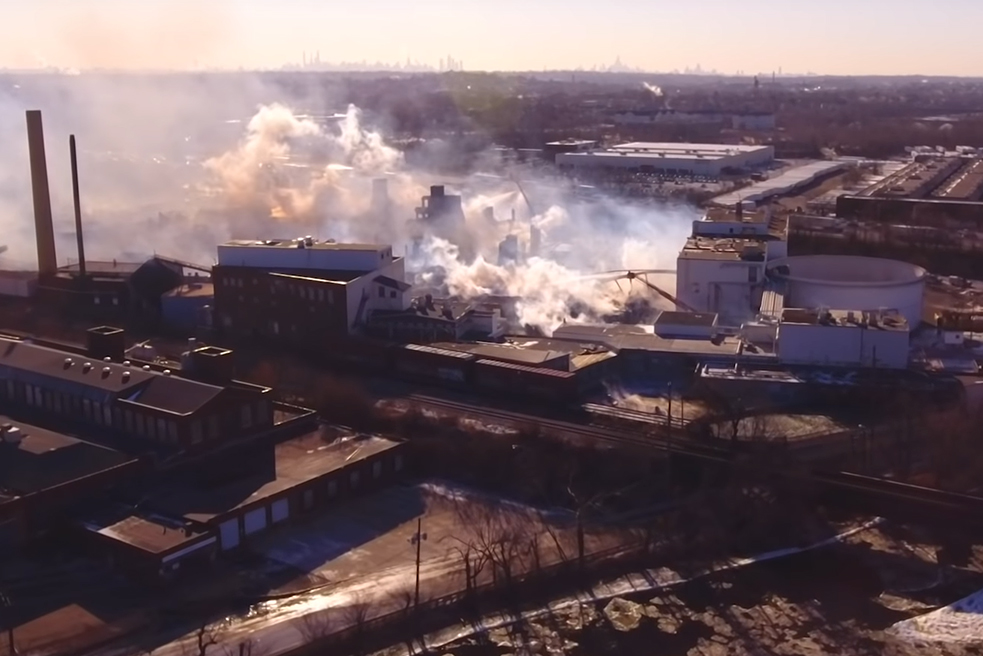
Drone footage captured the scope of damage at the Marcal Paper mill.
A recycled paper mill in New Jersey was lost in a massive fire over the past week, a blow to the local economy and certain recycling operations in the region.
 Container deposit fraud allegations against a Waste Management subsidiary in California were settled for $1.1 million last summer.
Container deposit fraud allegations against a Waste Management subsidiary in California were settled for $1.1 million last summer.
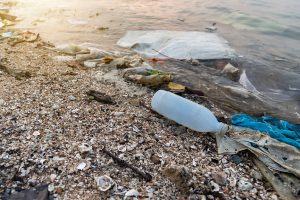 Resin and packaging giants this month committed $1 billion over the next five years to “end plastic waste.” While recycling and sustainability stakeholders say they are encouraged by the effort, they also want to ensure materials recovery remains part of the solution.
Resin and packaging giants this month committed $1 billion over the next five years to “end plastic waste.” While recycling and sustainability stakeholders say they are encouraged by the effort, they also want to ensure materials recovery remains part of the solution.
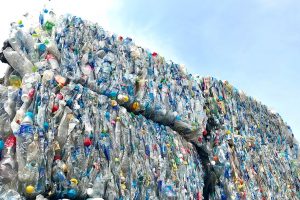 Multiple virgin plastics manufacturers recently purchased PET recycling operations, citing rising demand from brand owners looking to use recycled material.
Multiple virgin plastics manufacturers recently purchased PET recycling operations, citing rising demand from brand owners looking to use recycled material.
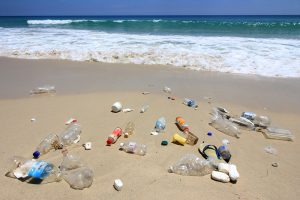 Companies from throughout the plastics value chain have committed more than $1 billion to reduce plastic waste by improving waste management systems and cleaning up existing pollution.
Companies from throughout the plastics value chain have committed more than $1 billion to reduce plastic waste by improving waste management systems and cleaning up existing pollution.
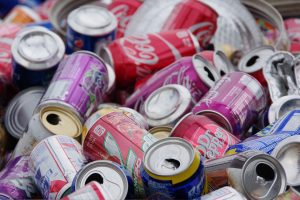
Used beverage cans, historically a reliable and valuable commodity, have seen recent price lows that are adding extra strife to already stressed residential recycling markets.
